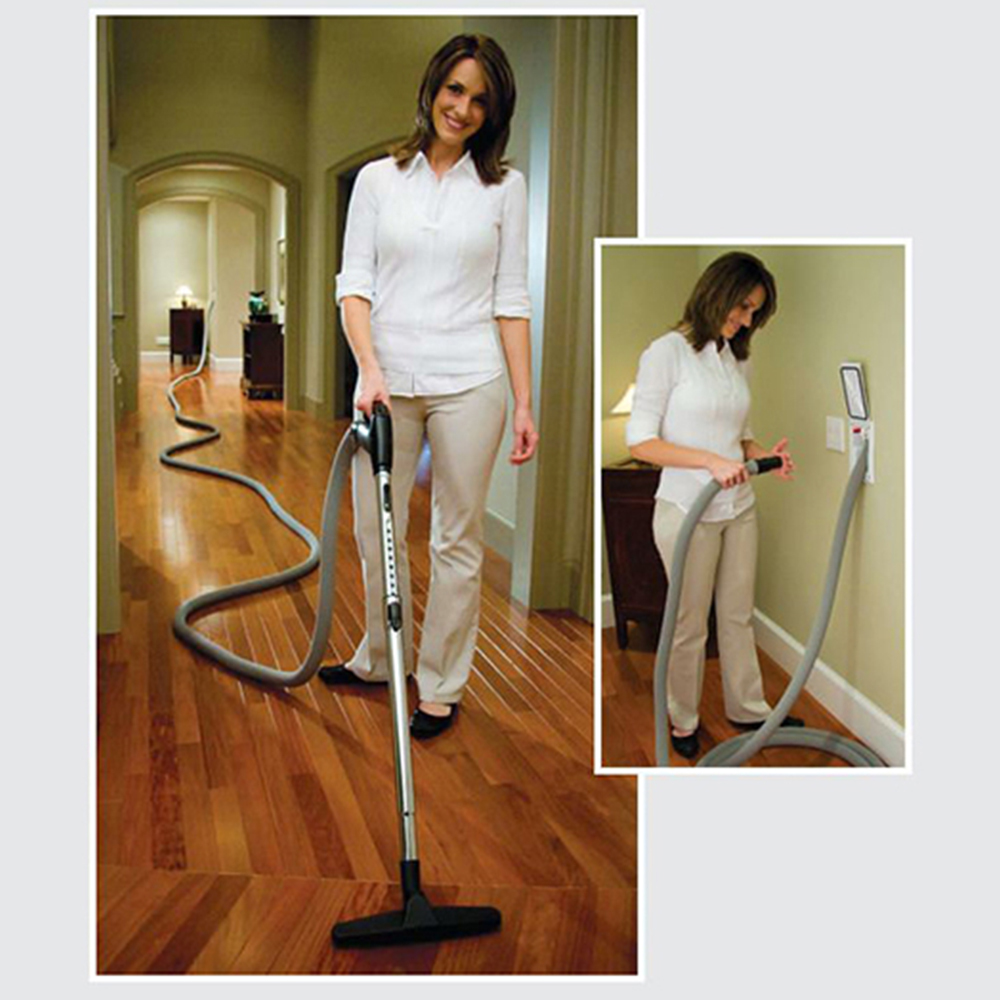
Opting to incorporate a Central Vacuum System (CVS) in one's home is akin to blending functionality with aesthetics. The virtues of a CVS are abundant, yet harnessing its full advantages requires diligent planning and a design vision.
Design Considerations for CVS Installation
Placement of Inlets:
The correct placement of inlets is instrumental in optimising a CVS's efficiency. These ports need to be judiciously located to span the expanse of the home, ensuring users aren’t burdened with dragging hoses over extensive distances.
Large spaces such as living rooms and open-plan kitchens might warrant multiple inlets due to their size and cleaning needs. Meanwhile, for elongated hallways or corridors, placing inlets at both ends ensures no area is out of reach. Pondering over the home's daily activity patterns can offer clues for the most advantageous placements.
Power Unit Location:
The power unit, essentially the CVS's heart, drives the system’s suction power. Its location should prioritise both functionality and efficiency. Basements and garages are frequently preferred for their dual advantages: they offer a buffer against the system's noise and provide ample space for easy maintenance and venting.
Pipe Routing:
The analogy of the CVS pipes as a home's vascular system rings true. These channels transport all the collected debris to the central unit. However, in doing so, they shouldn't detract from the home's visual appeal. Clever routing might involve concealing pipes behind walls or under floors. But in doing so, it's paramount to ensure easy access points for any future maintenance or updates.
Accessory Storage:
Essential to any CVS are its accompanying accessories, which range from diverse brushes to crevice tools. While these tools heighten cleaning efficiency, they also demand dedicated storage. Bespoke cabinets or dedicated storage spaces can fit the bill perfectly. And for an extra touch of organisation? Labels can be an invaluable addition.
Integration with Other Home Systems:
Today, homes are more interconnected than ever. Integrating a CVS within this intricate web can heighten its utility manifold.
Synchronising with Smart Home Systems: Merging the CVS with home automation platforms paves the way for unparalleled convenience. Envisage remotely activating your CVS or planning cleaning operations from your mobile whilst you're out. This isn't just a bonus; it’s rapidly becoming the norm.
Air Filtration and Ventilation Synergy: When the CVS collaborates with ventilation or air purifiers, the result is a comprehensive indoor air solution. It ensures the air is not just free of dirt but is also of superior quality.
Aesthetic Implications:
The visual integration of a CVS is equally significant. Its components should subtly blend with the home’s decor.
Discreet Inlets: The variety of designs for inlets today means homeowners can select finishes that meld effortlessly with their interiors. These inlets, with the right finish, can be as understated as any other fixture.
Showcase Homes: Global showcase homes serve as proof of the CVS's aesthetic versatility. These spaces, crafted by industry luminaries, demonstrate how the CVS can be integrated without overshadowing the design integrity.

Here, we delve deeper into maintaining and enhancing the performance and lifespan of your CVS.
Read More

Central Vacuum Systems (CVS), a modern solution that not only ups the ante in cleaning efficiency but also presents a slew of environmental benefits
Read More

Central Vacuum System (CVS). As we delve deeper into this often-overlooked addition, we'll explore how integrating a CVS can be both a practical choice for homeowners and a magnet for potential buyers
Read More

Clinically proven! A BEAM Central Vacuum Systems removes allergens and dirt from the living areas... reducing allergy symptoms as much as 61%!
Read More
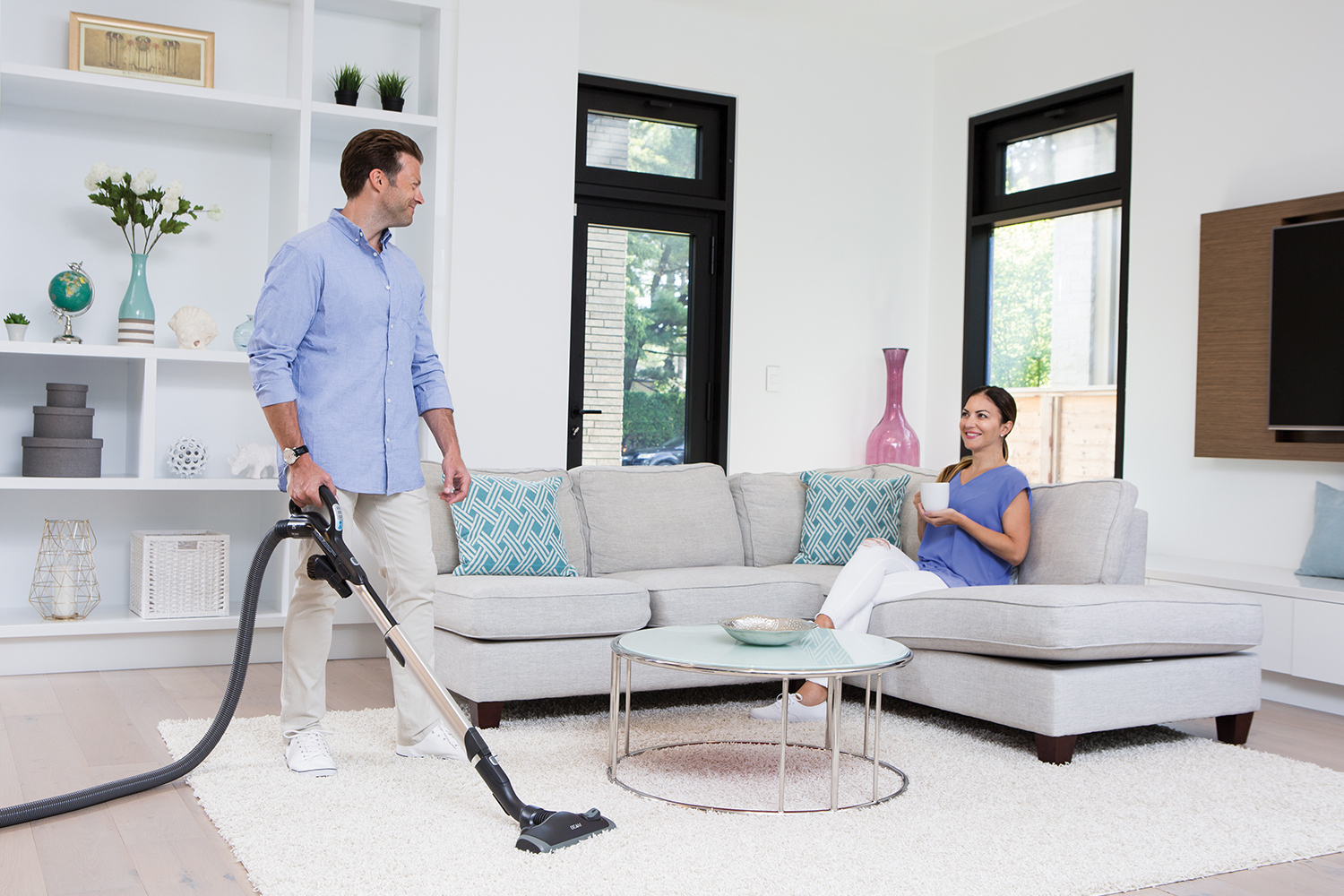
The capacity of the waste collection receptacles varies depending on the type of Vacuum Cleaner you use.
Read More

We all want the air that we breathe, to be as clean and fresh as possible.
Read More

People who suffer from allergies, asthma and other respiratory problems make up 20% of the population in New Zealand.
Read More
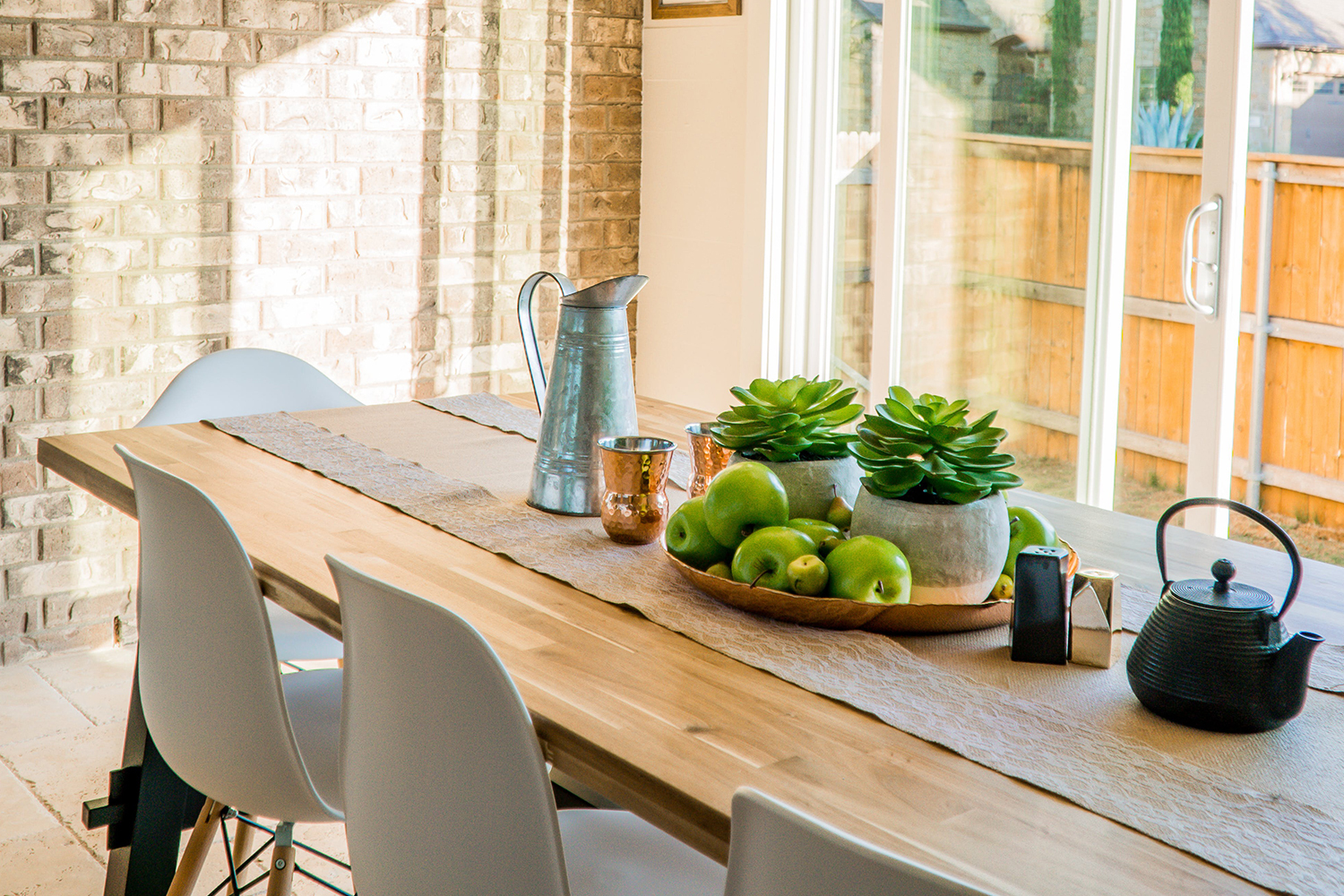
It's time that we started thinking about our health and the health in our home.
Read More
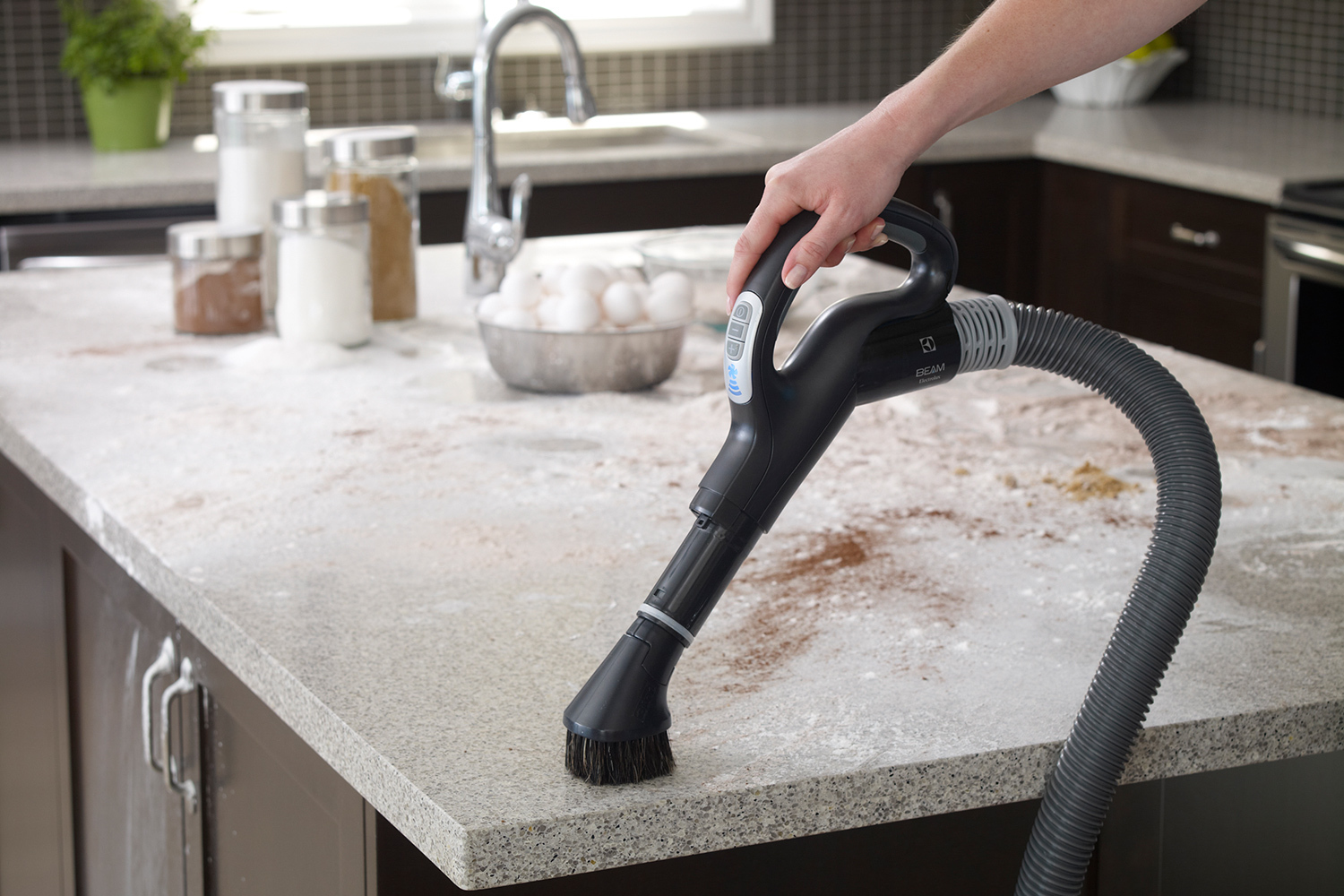
If you're wondering whether it's time for an upgrade, here are five signs to watch out for
Read More
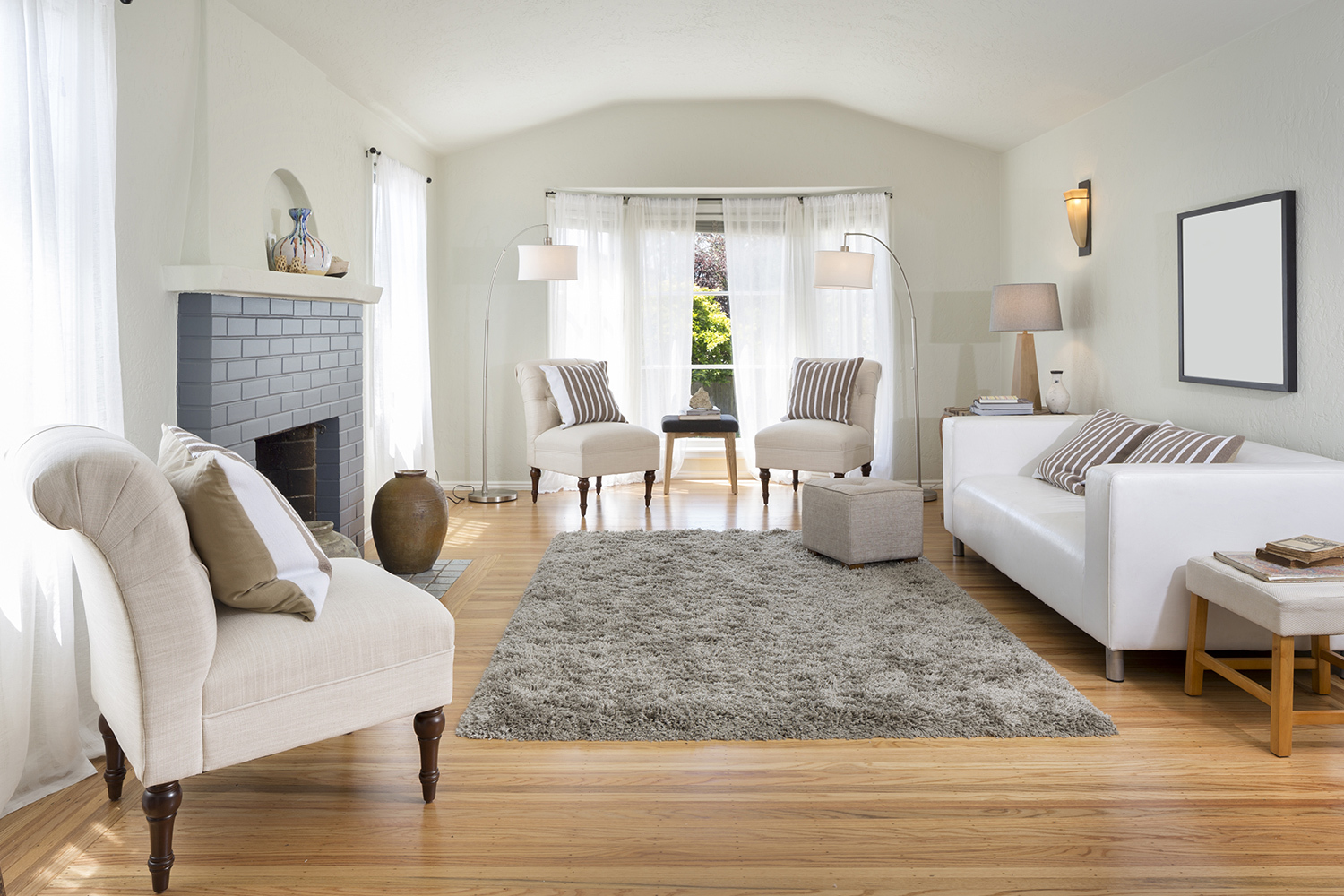
While the advantages of a CVS are many, the installation requires meticulous planning and design forethought to extract the system's full potential.
Read More
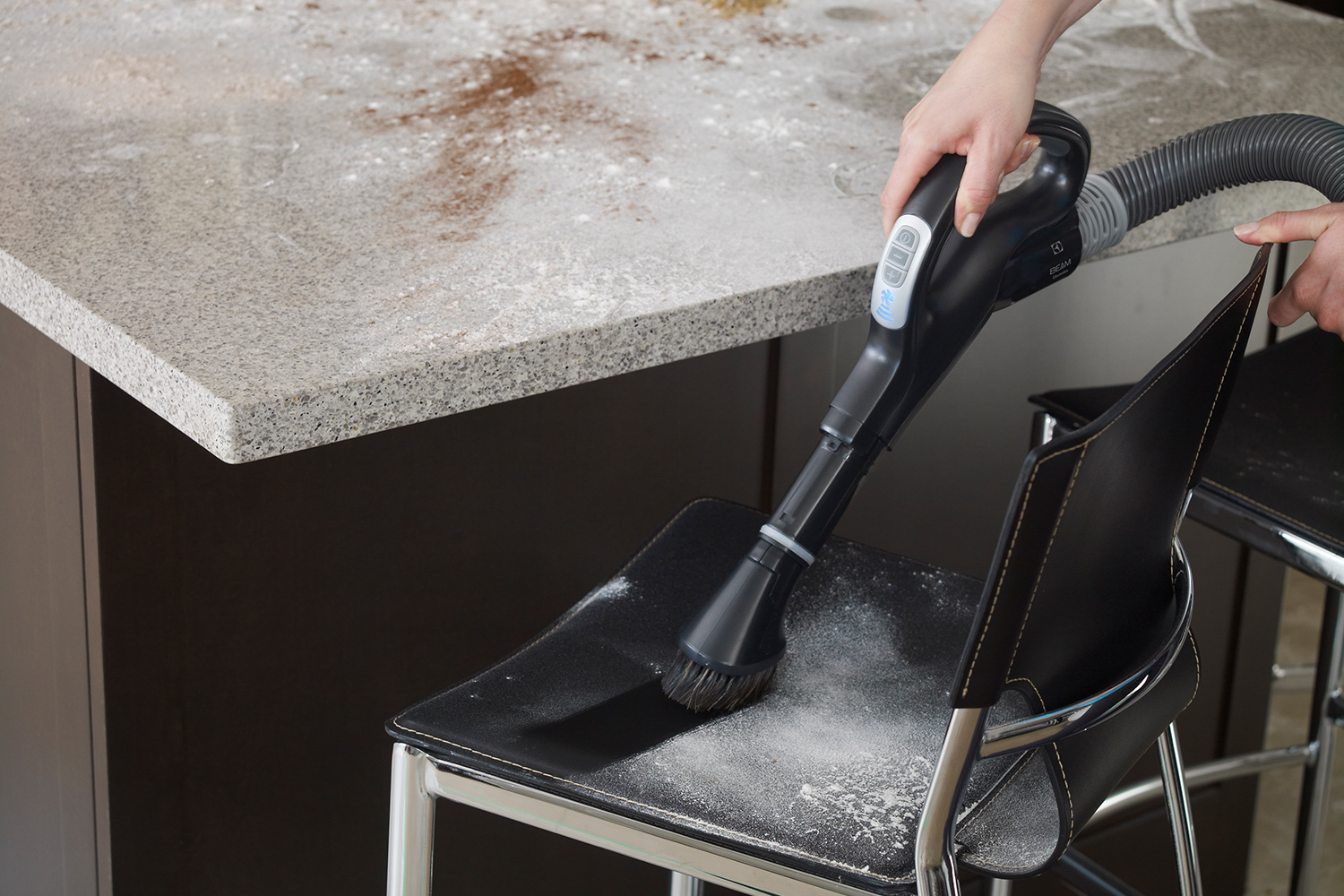
In this blog, we will guide you through the process of selecting the ideal central vacuum system that meets your specific needs and ensures a cleaner living environment.
Read More
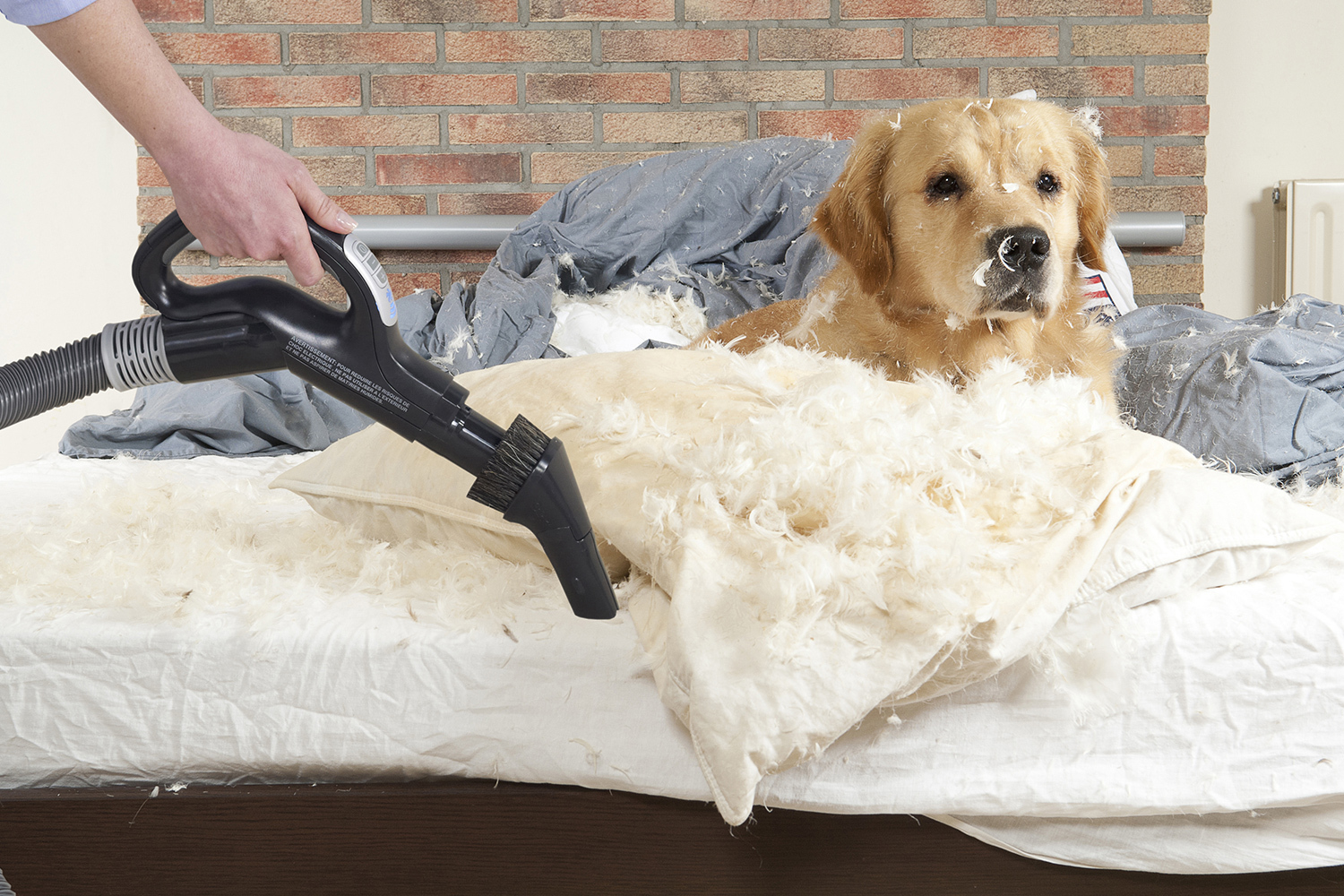
In this blog, we will delve into the inner workings of central vacuum systems, exploring the technology behind their operation and how they efficiently clean from room to room
Read More
Contact us
For over 65 years, BEAM has been a leading manufacturer of central vacuum systems with a long line of innovative products to raise the bar.
Contact us